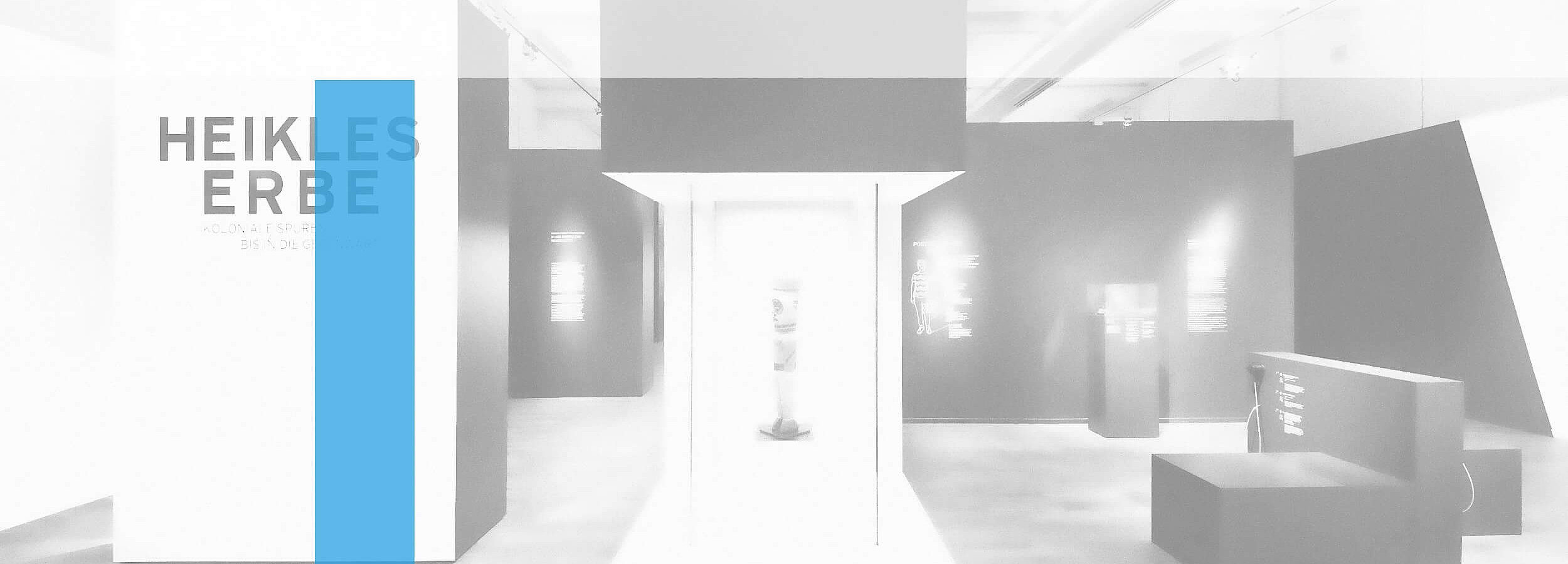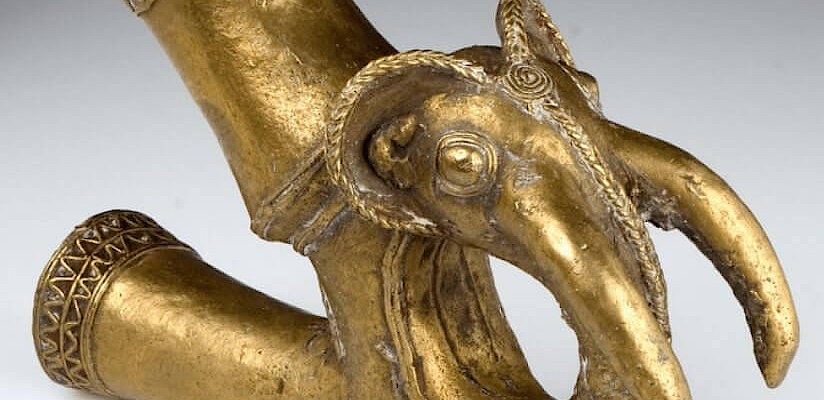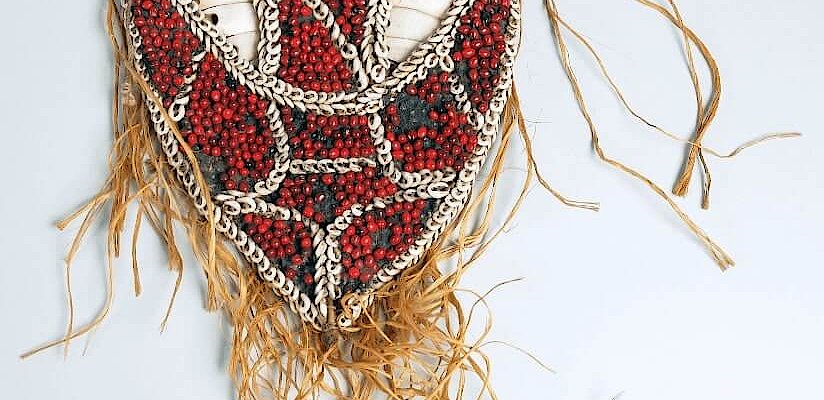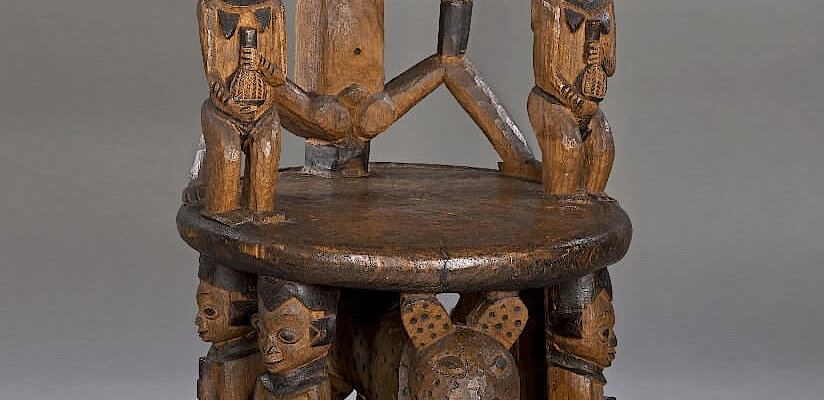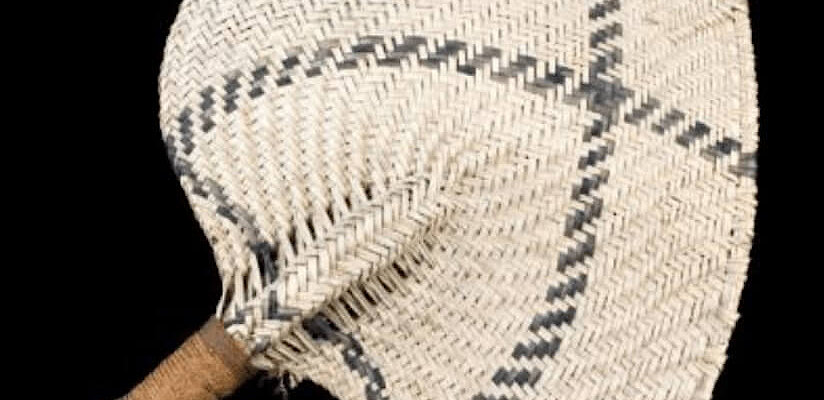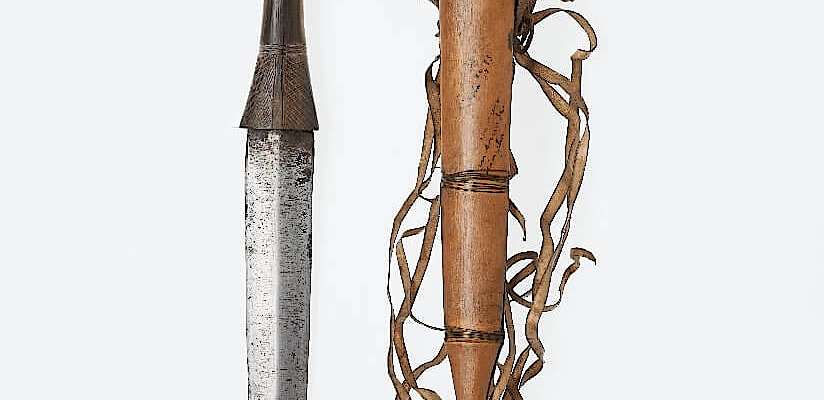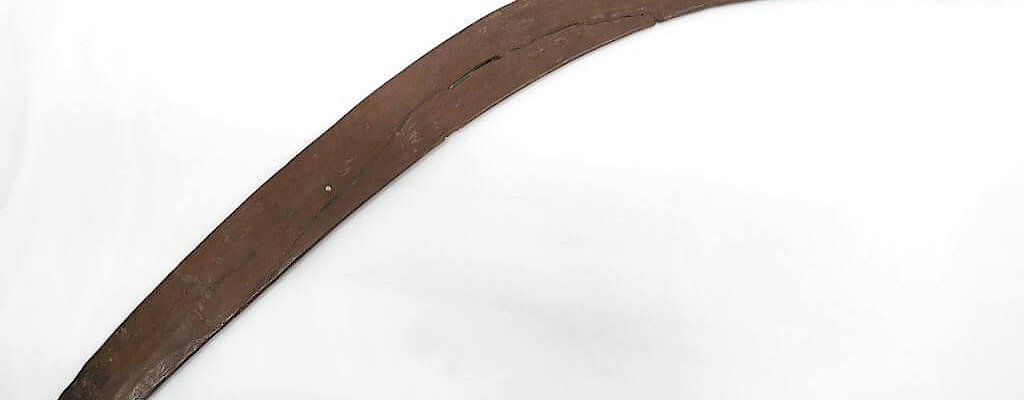Ziele des Projekts PAESE waren
- die Grundlagenforschung zu den Erwerbswegen von ethnologischen oder ethnografischen Sammlungen in Niedersachsen und damit verbundene Forschungsfragen in den beteiligten Institutionen,
- die Vernetzung und Kooperation mit Vertreter_innen der jeweiligen Herkunftsgesellschaften,
- die Vernetzung der Provenienzforschung zu Sammlungsgut aus kolonialen Kontexten in Niedersachsen und mit vergleichbaren Projekten im deutschsprachigen und europäischen Raum,
- Transparenz und Eröffnung eines Dialogs über die Herkunft der Objekte und den zukünftigen Umgang mit diesen und als Grundlage dafür eine Öffnung der beforschten Sammlungen für alle Interessierten.
Das PAESE-Projekt wurde von 2018 bis 2022 durch die VolkswagenStiftung gefördert. Seitdem wird die digitale Infrastruktur vom Netzwerk für Provenienzforschung in Niedersachsen fortgeführt.

